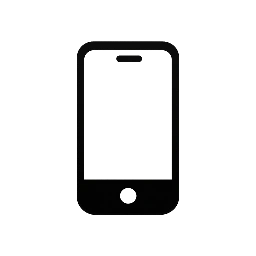Why Joy Matters: The Story Behind Studio Cast One’s Mission

When people hear the word “nonprofit,” they often think of hardship—serious faces, difficult causes, and stories that tug at the heart. And yes, the world has many real struggles. But at Studio Cast One, we believe something just as powerful lives on the other side of that story: happiness.
We started Studio Cast One because we saw a gap—not just in services, but in spirit. Too often, nonprofit work focuses so much on pain that it forgets to celebrate the joy, the creativity, and the moments of laughter that can transform lives just as deeply
Our Belief
We believe that a nonprofit doesn’t have to be sad to be meaningful.
We believe in color, sound, movement, and magic.
We believe in joy with a purpose.
And we’re here to remind the world that fun and impact are not opposites—they’re partners.
So when you support Studio Cast One, you’re not just helping fund a program. You’re helping create a stage where people of all ages and backgrounds can be seen, heard, and celebrated—not for their pain, but for their power.
And that’s the kind of story worth telling.
Where We Begin
Our journey began with a simple question:
“What if changing the world didn’t have to look so heavy?”
We were tired of seeing creativity treated like a luxury instead of a lifeline. We knew from experience that music, performance, storytelling, and community aren’t just entertainment—they’re healing. They build confidence. They inspire expression. They connect people across generations, languages, and experiences.
And most importantly, they bring joy—a joy that is contagious, empowering, and deeply needed.
Joy Is Not a Distraction—It’s a Force
We’ve heard it before:
“Shouldn’t you focus on more serious issues?”
But here’s our truth: joy is serious.
Laughter is radical. Smiles are powerful. Celebration is resistance.
In communities where trauma and hardship often dominate the narrative, giving people space to create, perform, and imagine something better isn’t a distraction—it’s a lifeline. It shows that healing doesn’t have to come with hushed voices and solemn tones. Sometimes it comes through a spotlight, a beat drop, or the sound of a full room clapping together in rhythm

